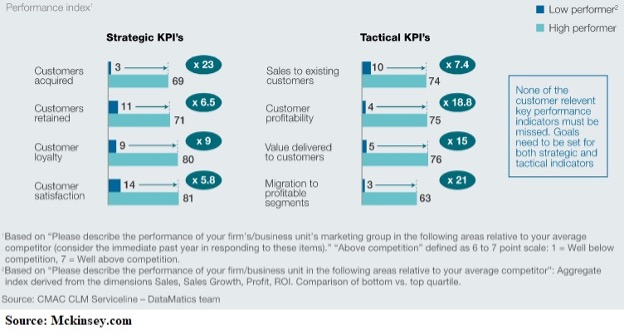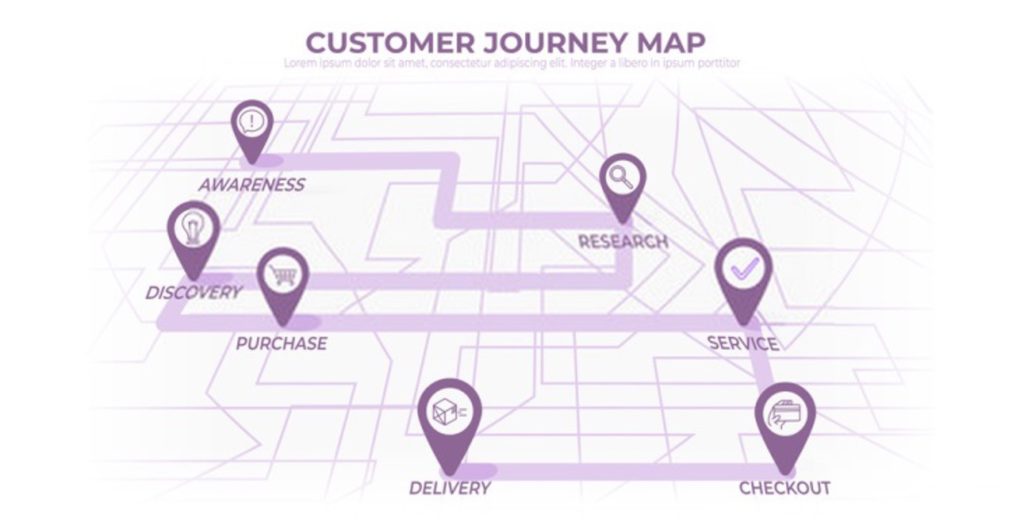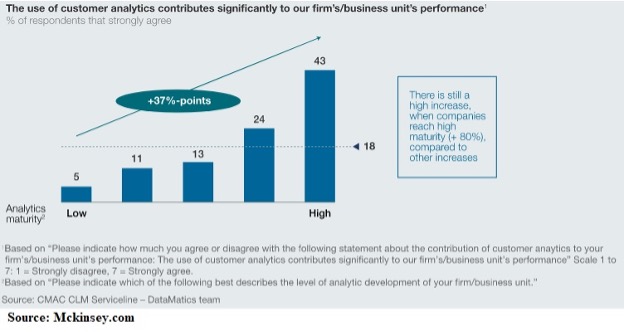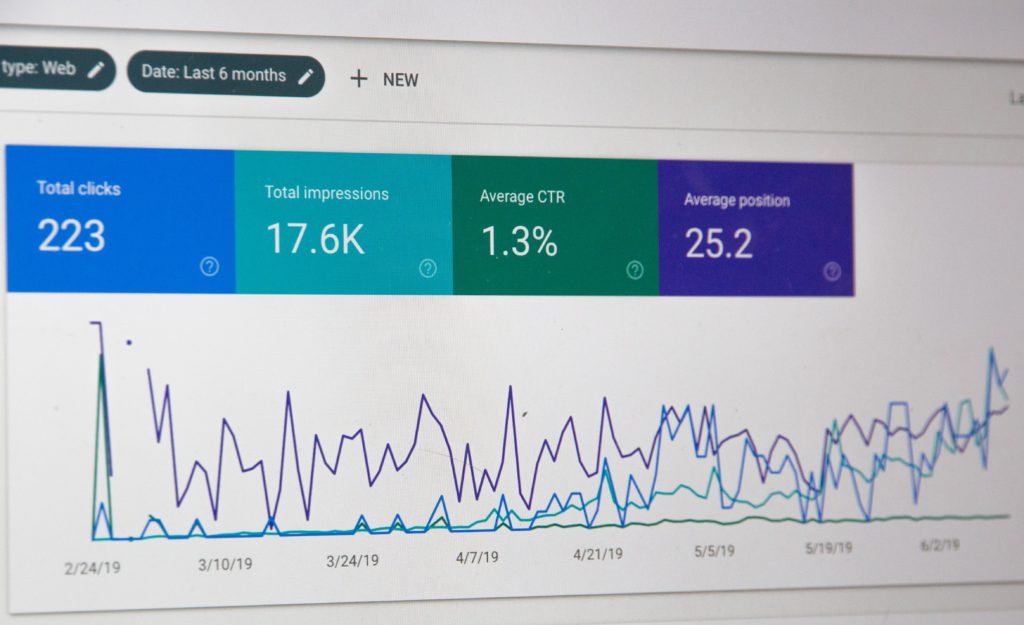Companies are widely embracing analytics in their operations. 97% of companies in a Bloomberg Businessweek Services survey had already adopted analytics.
But while most companies are putting money into Business Intelligence tools and marketing analytics, very little attention is given to customer analytics.
This wouldn’t have been a problem, except that customers are more informed and selective now more than ever, and the only way to understand them is by analyzing customer data.
That’s not all. Every strategy a business can take to increase its revenue and achieve growth boils down to customer analytics.
Investing in customer analytics can change how a business operates and grows.
What is Customer Analytics?
As the saying goes, you can’t improve what you don’t measure. The same applies to your interaction and relationship with your customers.
Customer analytics is the only way to better understand your customers. It involves collecting data from your customers to influence their purchasing behavior.
Companies utilizing customer analytics in their operations are 3 times more likely to have higher turnover and 2.6 times more likely to generate higher ROI than competitors that don’t evaluate their customers.

Analyzing your customer’s data enables you to see how they navigate your website or use your products. You’ll also see the offerings they prefer, their purchasing habits, the devices they use, their demographics, and other details. These provide incredible insights that can change how you approach various aspects of the business.
Customer analytics includes the following:
- Customer journey analytics: this involves analyzing customers’ interactions with your brand starting from when they arrive at your website or app. Customer journey analytics would involve collecting the right data across various touchpoints and using it to improve your processes.
- Customer Experience Analytics: this focuses on how your customers feel when interacting with your brand. It tells you how satisfied your customers are with your services, so you can make improvements.
- Customer Engagement Analytics: this provides insight on how to improve your engagement with customers. You’ll find out the most effective ways to get your customer’s attention and influence their buying decisions.

How Customer Analytics Can Impact Your Business
Customer data can be applied in various scenarios to create value for customers. Here are some ways customer analytics can help improve your business.
1. Make Better Decisions
A customer-centric business approach is a recipe for success. Everything a business does is to serve its customers better. Customer analytics allows you to know who your customers are and what they want so you can make more accurate decisions.
2. Offer Better Products
Customer analytics opens your eyes to see what products and services your customers want and how they want them. The insights in customer data will enable product development teams to create more customer-centric products that will drive demand.
It allows you to see the gap between what customers have in mind and what you are offering.
3. Improve Internal Process
Adopting customer analytics gives companies a clear picture of what they are doing efficiently and inefficiently. Analyzing customer data will provide insight that will help you identify your best approach for improving business processes, – whether it’s to streamline your communication or improve the quality of your offerings.
4. Analyze Your Competitors
Customer analytics allows you to spy on your competitors and copy their working strategies. You can analyze their products, performance, and strategies to improve what you are doing. Customer analytics data will help you answer the following questions.
- What are your competitors doing to drive sales?
- What strategies are they adapting to reach out to customers?
- Which are their best selling products?
- Who are they targeting?
- What strategies have they implemented so far and what’s the strength and weaknesses of their approaches?
5. Get Predictive Capabilities
Companies can access and analyze customer data as they come in thanks to real-time customer analytics. So instead of processing data in batches to find anomalies, you can analyze the data to find trends and patterns to help you predict future customers’ needs.
Many eCommerce stores utilize these predictive capabilities in recommending products and personalizing customer journeys. The best part is that the more you utilize data analytics, the more impact it will have on your business.

6. Better Targeting
Customer analytics provides you with hyper-targeting capabilities. You’ll move from demographics to knowing exactly who is likely to pay for your product and services. The result of this is that you will save advertising dollars and increase ROI.
7. Be Proactive with Issues
No business operations are flawless. However, when issues arise, customers want solutions immediately. Real-time customer analytics enables you to be proactive in your response to issues, whether it’s about your product, services, or processes.
Amazon leverages customer data to provide fast and efficient resolutions to queries. The Amazon customer team has all customers’ details at their fingertip to reduce the time spent resolving issues.
Ignoring customer data in today’s world would be suicidal to business. Customer analytics tools help you learn about your market, competition and enable you to make smart predictions that will lead to business growth.
Whether you want to know the feasibility of launching a new product, entering a new market, or improving your relationship with your customers – the insight you need is buried in customer data.
What You Should Do
To get started with customer analytics, consider implementing a customer data platform (CDP). A CDP is an innovative customer analytics tool that offers customer analytics functionalities and more. The tool collects all your customer data and stores them in a centralized location for easy access. Click here to learn more about how a CDP can improve your business.

